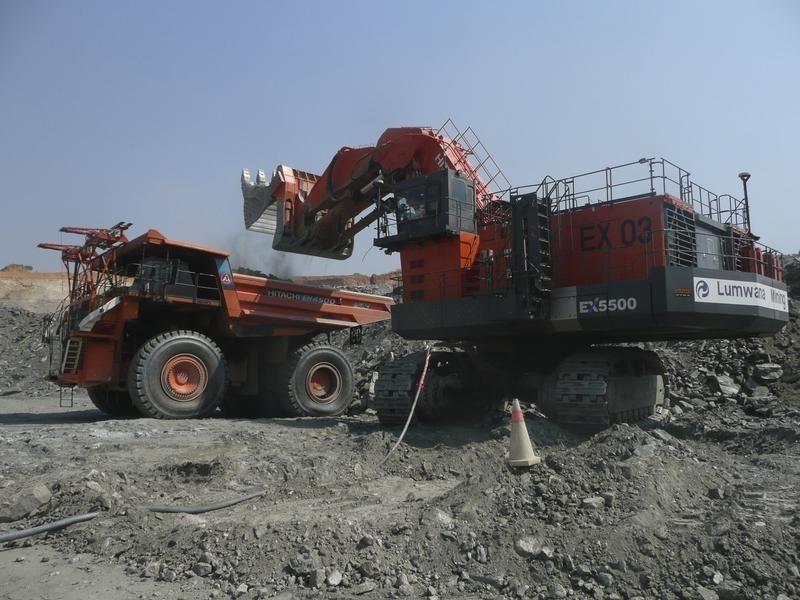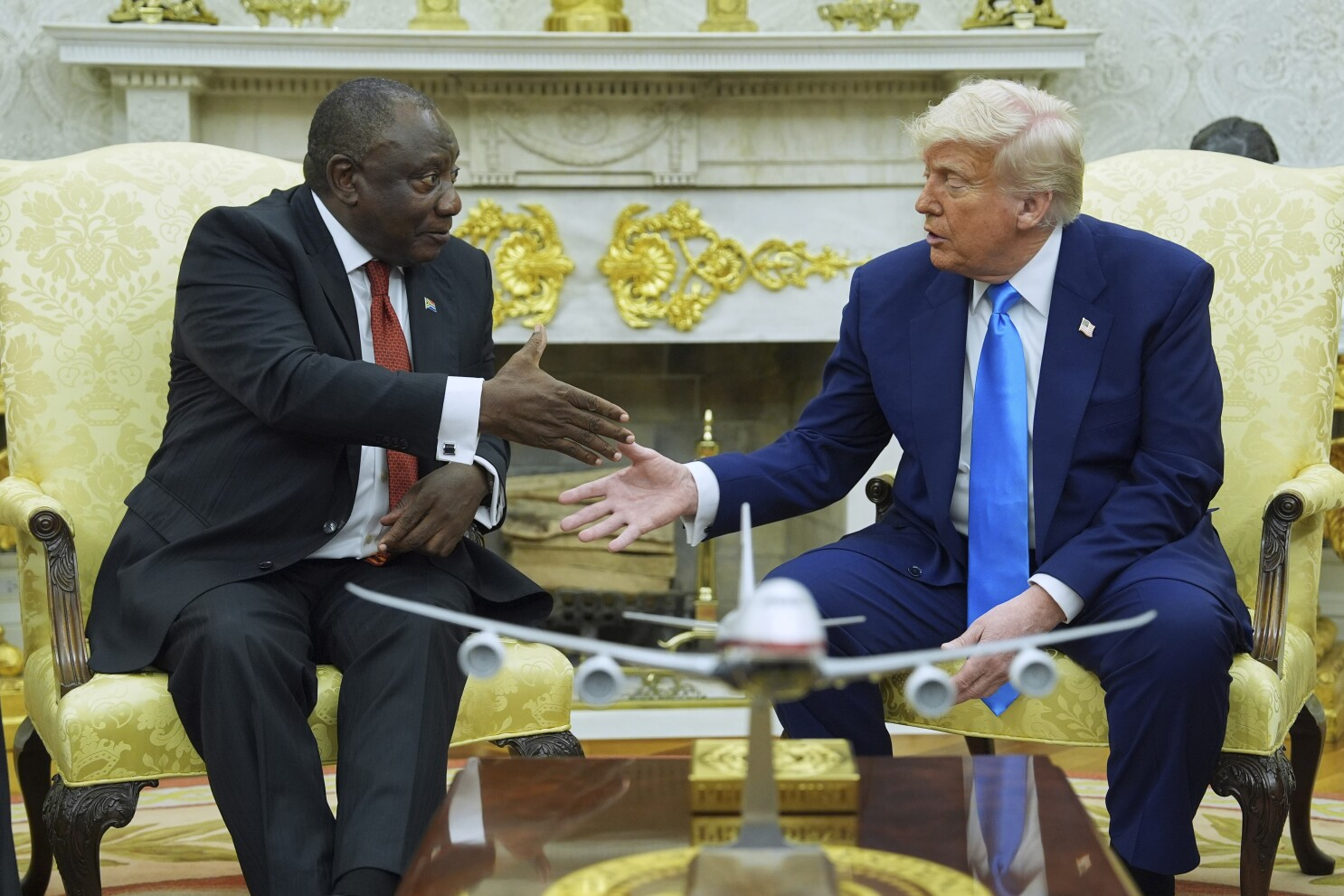
Zambia looks to higher taxes on mining to reduce deficit
Zambia plans to trim its fiscal deficit next year even as Africa’s second-biggest copper producer boosts spending. It may be considering raising mine taxes to achieve that, according to analysts.

The Finance Ministry is targeting a budget shortfall of 6.5 percent of gross domestic product next year, compared to 7.4 percent this year, according to a medium-term expenditure plan that sets its fiscal course until 2021. At the same time, it forecasts mineral-royalty and mine-profit tax revenue increasing by about a quarter, as copper output grows 3.7 percent and prices remain flat.
That suggests an increase in rates for both profit tax and royalties for companies including Glencore Plc, First Quantum Minerals Ltd. and Barrick Gold Corp., said Mark Bohlund, an Africa economist with Bloomberg.
“The sharp increase in mining royalties and mining corporation income tax appear to be based on a change in the taxation regime,” he said in reply to emailed questions. A Finance Ministry spokesman didn’t immediately respond to a request for comment.
Finance Minister Margaret Mwanakatwe is due to present the 2019 budget to lawmakers this month. She’s trying to allay fears around Zambia’s external debt that grew to $9.4 billion at the end of June, almost double the amount at the end of 2014, and get the International Monetary Fund to resume talks over a potential $1.3 billion bailout.
Last year, the IMF classified the country as being at high risk of external debt distress. Standard & Poor’s and Moody’s Investors Service both cut their credit ratings further into junk territory in August, and the southern African nation’s Eurobonds have been the world’s worst performers this year. Yields on its $1 billion bond due 2024 rose to a record 16.4 percent on Wednesday.
The MTEF forecasts total revenue will increase by 14 percent next year from a 2018 target of 49 billion kwacha ($4.8 billion). Income from mineral royalties is seen growing 23 percent to 4.4 billion kwacha, with receipts from mining-profit tax climbing 27 percent to 2.5 billion kwacha.
The estimates suggest the government may be considering higher royalty rates, said Renaissance Capital Fixed Income Strategist Gregory Smith. The levies are currently at 6 percent when the copper price is above $6,000 per metric ton, and 5 percent if below that level, but higher than $4,500.
“Without an increase in royalty rates the 23 percent growth appears optimistic,” Smith said in emailed comments.
Zambian mining companies have enjoyed a period of “relative stability” in the taxation regime after upheaval in 2014 and 2015 that saw some operators threatening to close, the country’s mines lobby group said.
“It would be an unfortunate travesty if the government were to consider a short-term revenue grab in the middle of such a positive environment between government and industry,” Zambia Chamber of Mines President Nathan Chishimba said in emailed comments. “We hope sanity will prevail.”
The Finance Ministry reiterated plans to slow debt accumulation in the expenditure plan.
“Projects that are at least 80 percent complete will be prioritized for financing,” it said. “In addition, contraction of commercial foreign debt to finance new projects will be postponed until the debt situation is reduced to moderate risk. Some of the negotiated loans that are yet to be disbursed will be canceled.”
The government plans to set aside 4.4 billion kwacha for a sinking fund, meant to enable it to meet its future debt obligations, it said.






